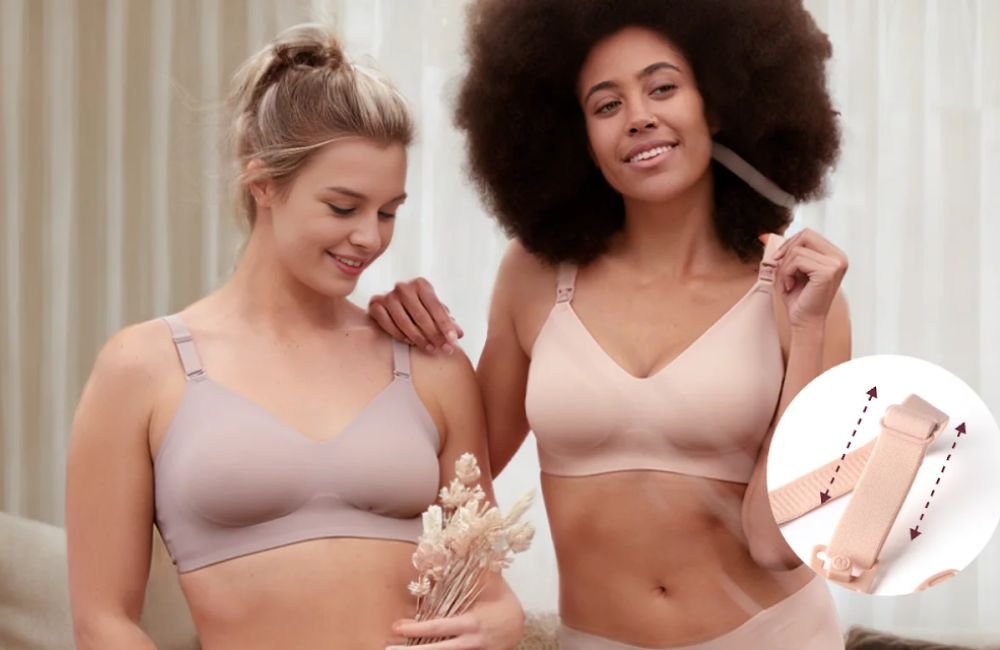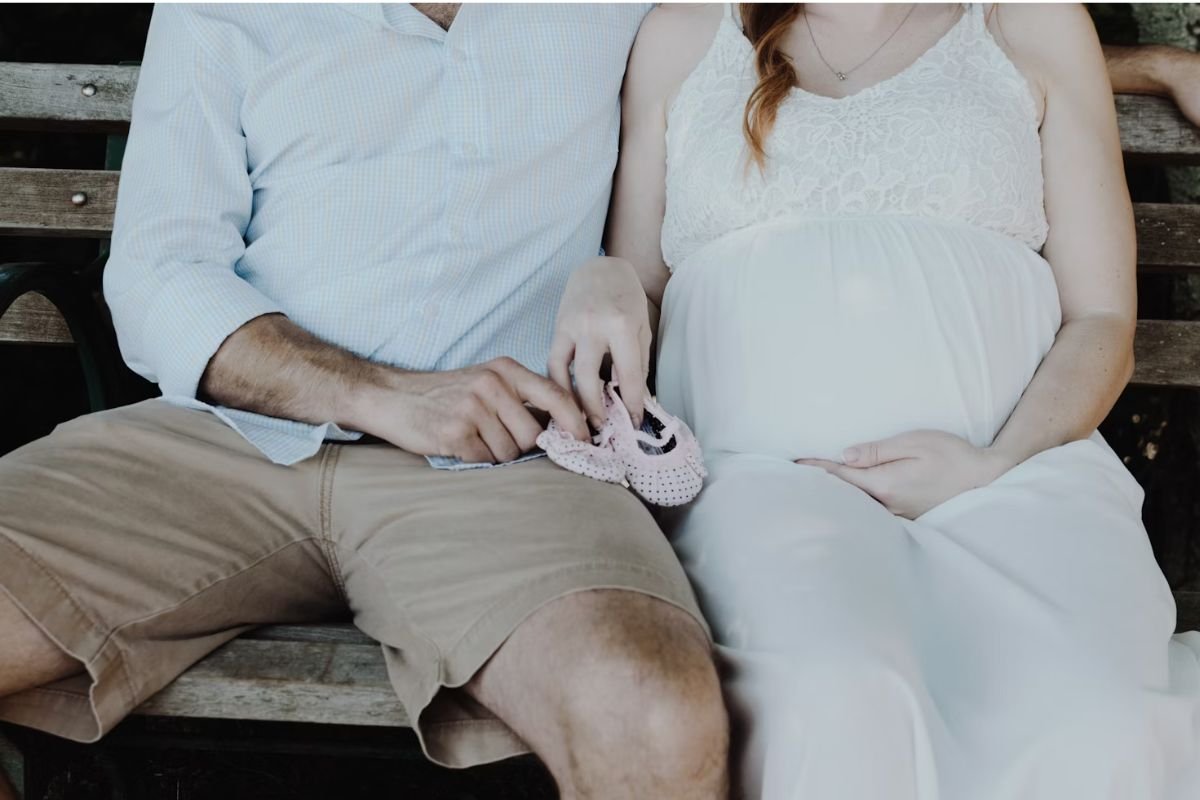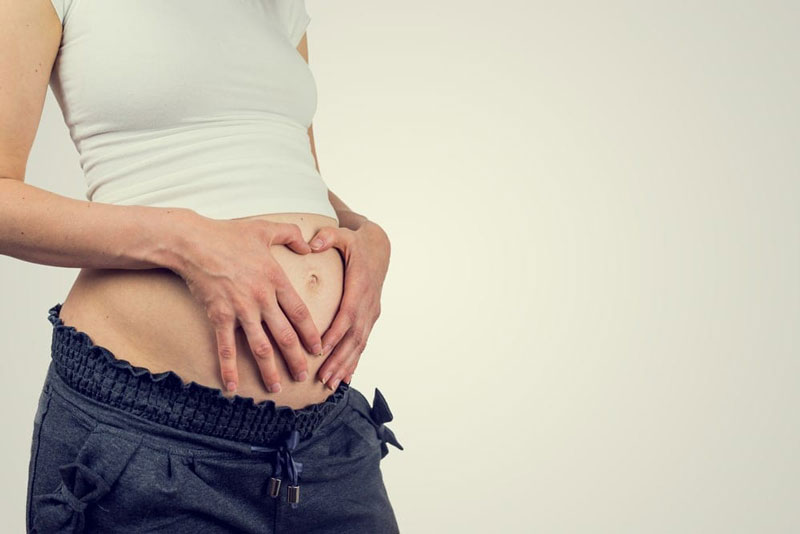Pregnancy comes with a ton of changes, some you might expect and others that take you by surprise. From the moment you conceive, your body kicks into gear, prepping for the journey ahead. One of the first changes many women notice is their breasts getting more sensitive and starting to grow. So, when’s the right time to switch to a maternity bra, and what should you think about when picking one?
Is a Maternity Bra Worth It?

Maternity bras are made to give you the support and comfort you need during pregnancy, keeping up with all the changes your body is going through. Here’s why getting a maternity bra is worth it:
● They’re designed to support the added weight and size of your breasts, helping to ease discomfort and prevent sagging.
● Most have adjustable straps and multiple hook-and-eye closures to adapt as your body changes.
● Made from soft, breathable materials like cotton, they help reduce skin irritation and are gentle on sensitive breast tissue.
● Many are wire-free, so there’s no pressure on your milk ducts, which lowers the risk of blocked ducts and mastitis.
● Some can double as nursing bras, with drop-down cups for easy breastfeeding, making them a smart buy for pregnancy and beyond.
● Good support from a maternity bra can help with posture, easing back and shoulder strain that comes with pregnancy hot flashes.
● They’re made to stretch and adapt, so you don’t have to keep replacing them as your breasts change size.
● There are even sleep maternity bras that offer light support at night, helping with discomfort and preventing soreness.
● Proper support can also help avoid issues like breast pain, stretch marks, and skin irritation, promoting overall breast health.
● A well-fitted maternity bra can boost your confidence and comfort, helping you feel better during all the physical changes.
When Should I Start Wearing a Pregnancy Bra?
Many women start noticing changes in their breasts during the first trimester. Hormonal shifts get the body ready for breastfeeding, which can lead to more blood flow and changes in breast tissue. This often means tenderness and swelling in the first few weeks, a pretty clear sign it’s time to consider switching to a more supportive bra.
A good time to make the switch is when your regular bra starts feeling tight or uncomfortable. If the band starts digging in, the cups feel too small, or the straps are bothering you, that’s your cue. Most women feel these changes by the end of the first trimester or early in the second, but every pregnancy is different. The main thing is to listen to your body and stay comfortable.
How Do You Know What Size Bra to Get When Pregnant?
To find the right size, start by measuring your ribcage and the fullest part of your bust. Most women go up by one to two cup sizes and one band size during pregnancy. Pick a bra that fits well on the loosest hook so you can adjust it as your ribcage expands. Maternity bras with soft, stretchy cups are perfect for accommodating growth. If you’re buying early in your pregnancy, go for a size with a little extra room so it’ll last through all the changes.
How Many Maternity Bras Will I Need?
It’s a good idea to have at least three to four maternity bras to rotate between wearing and washing. If you live somewhere warm or have an active lifestyle, consider getting a couple more to handle sweat and frequent changes.
Can I Wear a Maternity Bra If I’m Not Pregnant?
You don’t need to be pregnant to wear a maternity bra. They’re great for anyone looking for extra comfort and support. With their soft, stretchy material and wider straps, they’re perfect for anyone who has larger busts, experiences breast tenderness, or just finds traditional bras uncomfortable.
Non-pregnant women who prioritize comfort, flexibility, and a gentle touch on their skin might find maternity bras a great alternative to regular bras. The breathable, non-restrictive design is especially nice for those looking to skip wired bras. So, even if you’re not pregnant, maternity bras can be a comfy, supportive option that you’ll appreciate.

FAQs
You should start thinking about getting a maternity bra when your regular one starts feeling tight or uncomfortable, which usually happens around the end of the first trimester or the beginning of the second.
Look for soft, breathable fabrics like cotton or bamboo. These materials are gentle on sensitive skin, help prevent irritation, and keep you comfortable all day long.
Yes, there are sleep-friendly maternity bras that offer light support to help with discomfort and tenderness while you sleep.
Some maternity bras come with flexible underwires, but wire-free options are best to avoid pressure on milk ducts and reduce the risk of blocked ducts or mastitis.
Hand wash them or use a gentle cycle on your machine with mild detergent to keep them elastic and comfy for longer.
Maternity bras are made for comfort and support during pregnancy, while nursing bras have drop-down cups for breastfeeding. Many maternity bras can double as nursing bras for added convenience.
No bra can completely prevent sagging, but a well-fitted maternity bra gives support that helps minimize strain on breast tissue, which may help reduce sagging over time.
Absolutely. Maternity bras are great for comfort and support after pregnancy, even if you’re not breastfeeding. Their soft, flexible design makes them perfect for any stage of motherhood.


